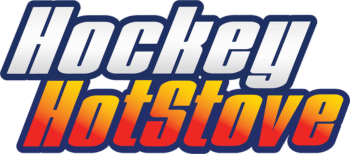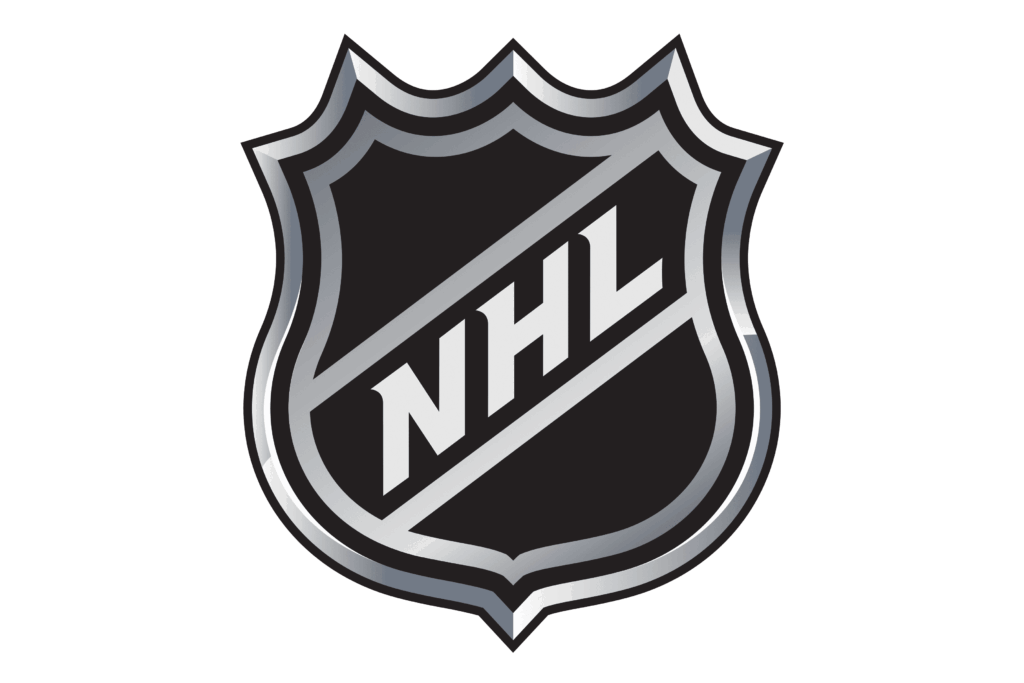There’s been a mass exodus from the American Hockey League (AHL) to leagues overseas. A host of players have left the league to play in Sweden, Finland, Switzerland, Russia, and other European leagues. This is especially true of veteran players. Many decline two-way contracts or veteran AHL deals.
This isn’t a new thing. The AHL devalues players who are no longer prospects. When teams don’t sign them, they start to look elsewhere. It used to be the castoffs from the AHL. Now, it’s players who can still be key players on a team and play a few games at the NHL level. They, too, are leaving and doing so in droves.
It’s making the AHL worse. Yes, the circuit is a developmental league for prospects who are eyeing the NHL.However, the league is depleted of talent. In the NHL, the allure of competing for the Stanley Cup keeps players around. However, that’s not the case in the AHL. Veteran ptlayers don’t stay just for a chance at a Calder Cup.
This mass exodus doesn’t bode well for the future of the AHL, and it’s why the league must pivot.
AHL: Greener pastures promised (and delivered) overseas
The Hartford Wolf Pack played a back-to-back halfway through the season, and a few scouts from the German league were in attendance. One of them was there with the sole intention of buying AHL veterans and bringing them to the Straubling Tigers. When this person was asked about his own journey and decision to play overseas (and then scout and manage there), he noted how it was the best decision he ever made.
Mike Sgarbossa, a veteran forward for the Hershey Bears and a core part of their Calder Cup runs, was asked about his suture during the exit interviews. He mentioned how he signed with a team in Switzerland and noted how, at this point in his career, it was the best decision. Sgarbossa, like many players who make the move, is in his 30s and has a family, making it a better choice for him to finish his career.
It makes sense why players are leaving for Europe. The pay is better, and so is the lifestyle. The AHL requires full days at the arena and weeks on the road. In Europe, the game is just that, a game. Yes, it’s competitive but there’s plenty of time for veterans to spend with their families and settle down.
There are downsides to playing overseas. There’s usually a language barrier that leaves players feeling lost, especially when they first join their new teams. There are also plenty of crazy stories unique to some of the leagues. However, for many 25-year-old or older players, players whom the NHL has given up on, this is their best path. They can join the league and find stability for five years or more, which is a lifetime in hockey, and build up enough of an income to eventually move back or settle down after retiring.
CHL: McKenna and Martone are just the beginning

The big news over the summer, at the junior level at least, was Gavin McKenna, the presumptive top pick in the 2026 draft, committing to Penn State. He’s leaving the Canadian Hockey League (CHL) and, at 17, will play next season in the National Collegiate Athletic Association (NCAA).
Porter Martone is taking a similar path, albeit a year later. The Philadelphia Flyers top pick is leaving the Ontario Hockey League (OHL) to play for Michigan State. It wouldn’t be surprising if Matthew Schaefer, Michael Misa, or the other top picks in the latest draft take the same path as soon as possible if they don’t make it to their NHL rosters from day one.
For top prospects, playing in the NCAA is the right move. The pay is better with name, image, and likeness (NIL) deals and endorsements waiting for the star players. Moreover, the game itself is bigger and heavier, with many players in their early 20s and more developed. So, it gets prospects more prepared for the physicality of the NHL.
The NIL element is what should and probably does scare the CHL and the AHL, for that matter. Top prospects will take the first chance they can get to join the NCAA, and the CHL will lose many of the 17 or older players. Junior hockey will be younger but also far less talented than it used to be (so much for seeing Connor McDavid or Connor Bedard tear it up in Erie or Regina).
The AHL also must be concerned, as players can stay in college until they are ready for the NHL and choose to develop there, knowing they can be paid more and spend more time developing (the schedule is a lot lighter in the NCAA).
How the AHL and CHL can adapt
Paying the players is the easy answer. The AHL often gives two-way contracts or entry-level contracts (ELC) but with a salary cap, there’s only so much these players receive. At the junior level, players aren’t paid, and their life is even rougher with the travel and spending the season at billet families (families willing to house the teenager while they play).
The more complex answer is that the AHL and CHL must pay players the same way the NCAA does. They must find ways to provide endorsements and market the players in these cities. The AHL, particularly, is where some players can take advantage of the mid-sized North American cities and the sponsorships that come with them. The CHL can do this as well to a lesser extent, as the teams are in small Canadian markets which has the endorsements available but on a smaller scale.
These deals have to be in place to keep the talented AHLers who can still make it to the NHL in the league. There are plenty of skaters who can and should play in Europe but the AHL is losing too much talent and losing it fast. The league (and the CHL for that matter) can’t rely on reputation anymore to keep talent. If they don’t adapt, they’ll become irrelevant leagues, and the path for most prospects will look like this.
CHL or USDP (until 17) → NCAA (17-23) → NHL (or Europe for the draft busts)





Bravo for the truth as you should also include the ECHL as nobody is going to want to play there with the low pay they have as well.
The ECHL has all the problems of the AHL, only tripled. There’s a good chance the league only succeeds as a gimmick (like independent baseball) based on where the money is going.
Interesting post and great insights on the issue.